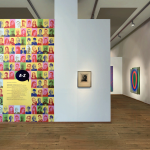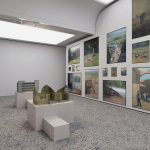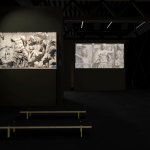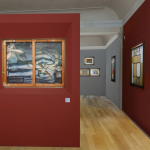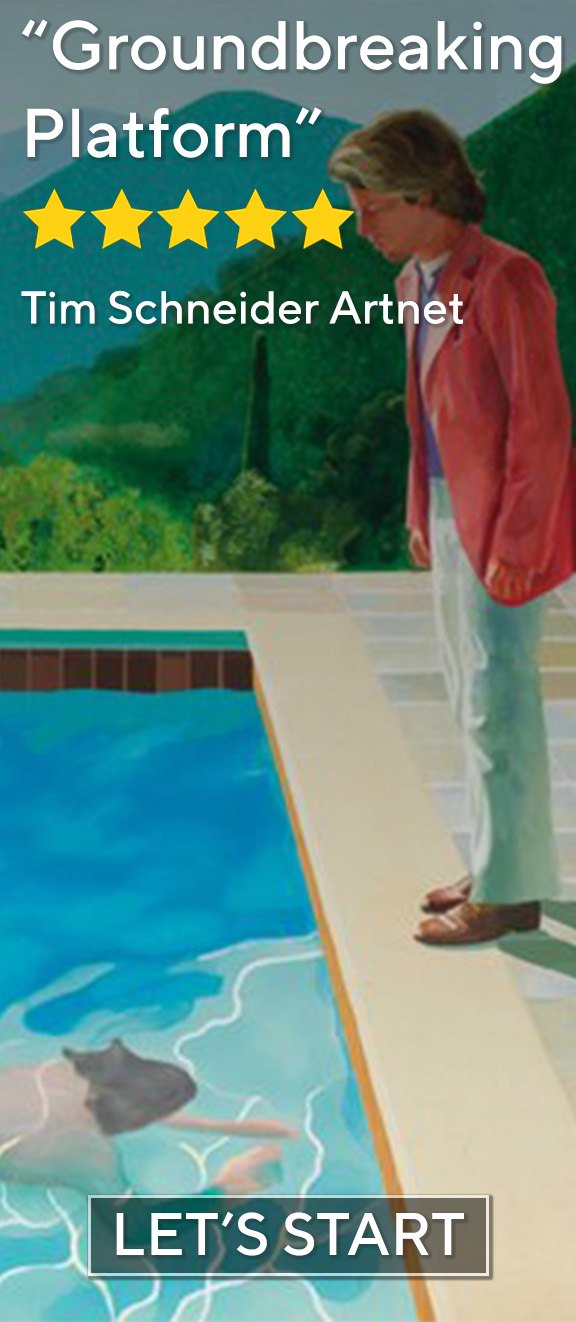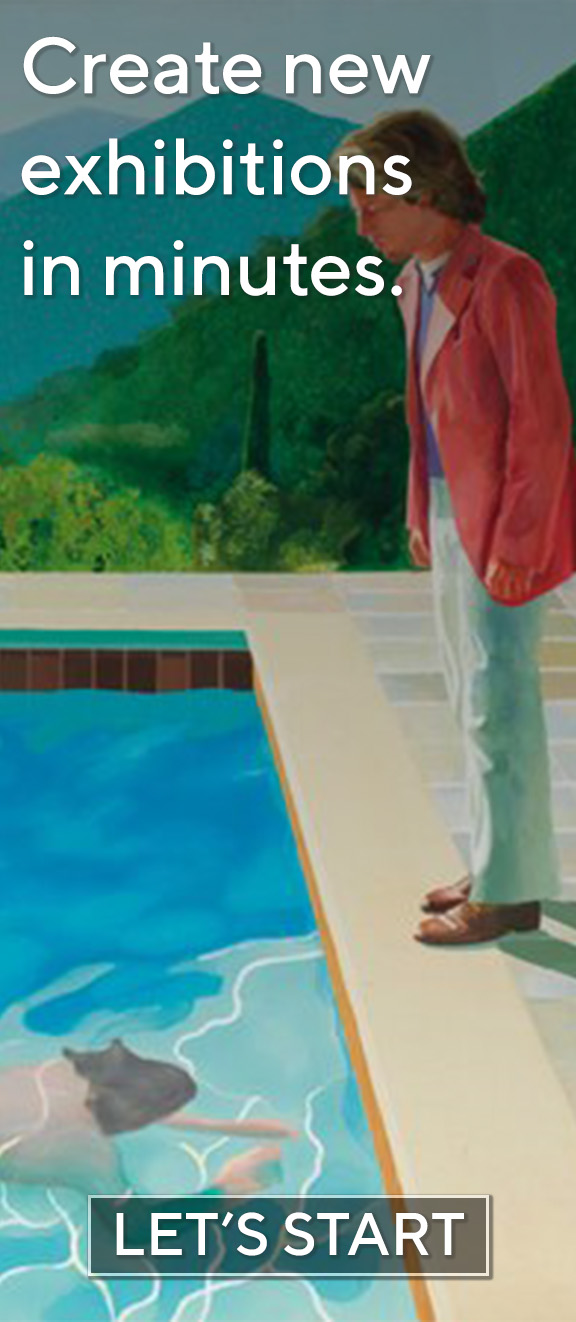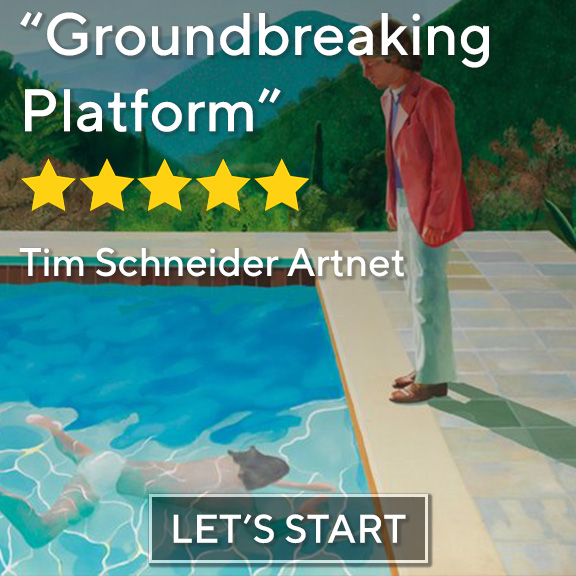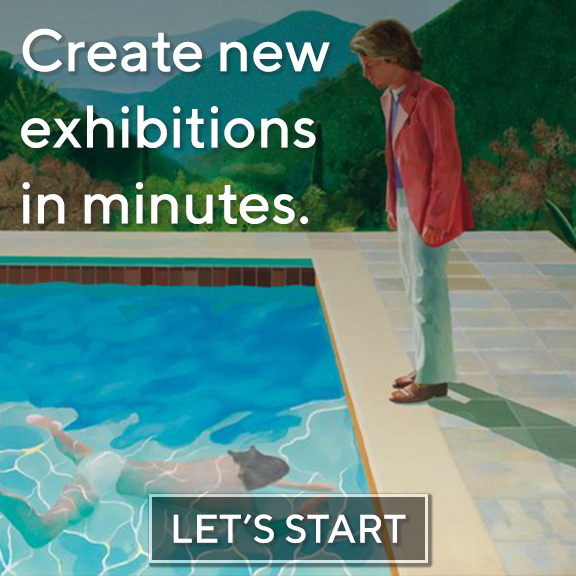“Raffael. Legacy and Inspiration” was on view from 14 August to 8 November 2020 at the Gemäldegalerie Alte Meister, Zwinger Museum, Dresden.
The influence of Raphael, the “divine” Renaissance master, reverberates through time in “Raffael. Legacy and Inspiration” , an exhibition at Dresden’s Gemäldegalerie Alte Meister. This single-room showcase, nestled within the historic Zwinger complex, explores how Raphael’s artistic innovations shaped the works of 16th-century Ferrarese painters such as Garofalo, Dosso Dossi, and Battista Dossi. The exhibition positions itself not merely as a historical retrospective but as a meditation on artistic inheritance—how Raphael’s compositions and figure types were absorbed, transformed, and reimagined into a new visual language that fused classical elegance with Venetian colorism.
At the heart of this exhibition are three pivotal figures from the Ferrarese School: Benvenuto Tisi (Il Garofalo), Giovanni Francesco di Luteri (Dosso Dossi), and his brother Battista Dossi. These artists, trained under diverse influences ranging from Lorenzo Costa to Raphael himself, formed a creative nexus at the Este court. Their work reflects a synthesis of Roman classicism, Lombard structure, and Venetian chromatic richness. Garofalo, known for his idyllic yet refined compositions, often collaborated with the Dossi brothers, whose dreamlike mythologies and eccentric figurations brought a distinctly poetic quality to court painting. Together, they forged a style that honored Raphael’s ideals while asserting their own distinct artistic voices.

In “The Triumph of Bacchus” , Garofalo channels Raphael’s compositional dynamism into a riotous procession celebrating moderation over excess. Based on a lost design by Raphael, the painting retains the master’s sweeping gestures and mythic grandeur while adding vivid, almost surreal details like elephants and exotic animals. Jupiter and Juno look down from the clouds, divine observers of a moral allegory woven into a Dionysian revelry. The scene’s lush colors and fluid movement reflect both Garofalo’s devotion to Raphael and his unique ability to infuse narrative with emotional depth.

“Saint George” by the Dossi brothers captures the tension between divine duty and earthly struggle. Saint George, astride a rearing horse, is poised to strike the final blow to a dragon, while a princess watches in silent prayer. The painting’s dynamic composition and expressive lighting recall Raphael’s dramatic clarity, yet the Dossis’ signature atmospheric ambiguity and rich symbolism elevate it beyond mere imitation. The stormy sky and tangled vegetation frame the action like a theatrical curtain, underscoring the narrative’s emotional intensity.
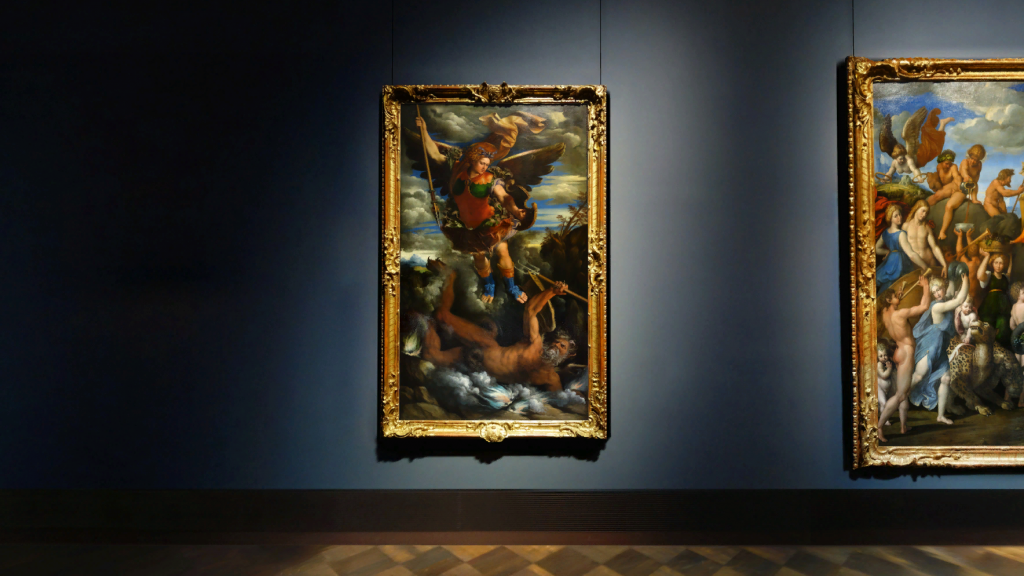
Equally compelling is “The Archangel Michael” , where Dosso’s hand shines in the swirling infernal vapors and luminous armor of the archangel. Lucifer, defeated and twisted in agony, contrasts sharply with Michael’s serene determination. The painting’s energy and formal precision reveal Dosso’s mastery of Mannerist stylization, influenced by Parmigianino but rooted in Raphael’s heroic idealism. Battista’s possible contributions lie in the landscape’s structure, which leans toward northern European models, creating a fascinating interplay of styles within a unified vision.
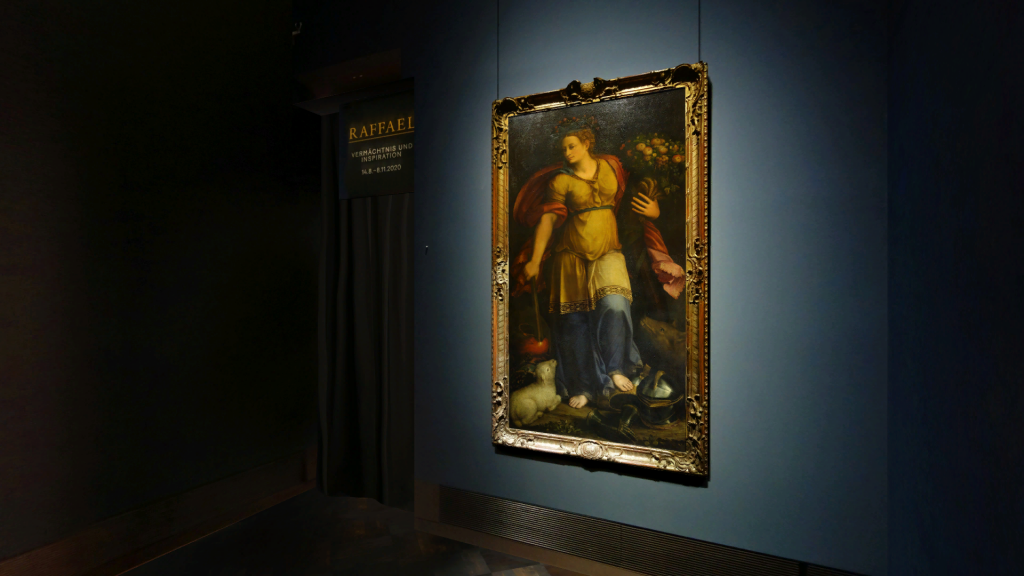
Battista Dossi’s “Pax” offers a quieter counterpoint to the dramatic scenes elsewhere. Peace stands serene, holding a cornucopia and flanked by symbols of abundance and tranquility. Her calm presence, set against a darkened backdrop, evokes classical ideals while subtly reinforcing the political role of art in the Este court. Battista’s attention to symbolic detail and his use of soft, harmonious tones align him with the humanist values of the Renaissance, even as his landscapes hint at the evolving tastes of the mid-16th century.
Curating a Dialogue Across Time
The curatorial approach of “Raffael. Legacy and Inspiration” is elegant in its restraint. Rather than overwhelming viewers with chronology or thematic overload, the exhibition focuses tightly on a handful of key works, allowing each to speak clearly about the lineage of influence. The decision to display “Archangel Michael” and “Saint George” alongside “The Triumph of Bacchus” creates a visual dialogue between religious and mythological narratives, highlighting how these artists navigated sacred and secular commissions with equal finesse. The inclusion of Battista Dossi’s “Pax” adds a civic dimension, reminding us that art in Renaissance courts was never just aesthetic—it was ideological.
The exhibition also benefits from its location within the Zwinger Museum, a Baroque masterpiece that itself embodies the fusion of artistic traditions. Though the exhibition does not extend beyond one room, its focused curation invites deep engagement with each piece, offering visitors a chance to trace the subtle shifts in style and meaning that define Ferrarese responses to Raphael.
Raphael’s legacy was not copied—it was conversed with, questioned, and ultimately reshaped.
This exhibition succeeds not only as a tribute to Raphael but as a testament to the vitality of artistic exchange. The Ferrarese painters did not simply replicate Raphael’s forms—they expanded upon them, weaving in regional color, personal idiosyncrasies, and philosophical nuance. In doing so, they ensured that Raphael’s legacy remained alive, adaptive, and deeply relevant.
For modern audiences, “Raffael. Legacy and Inspiration” offers more than a glimpse into the past; it invites reflection on how artistic traditions evolve and how innovation often begins with reverence. It is a rare pleasure to witness an exhibition that balances scholarly rigor with visual splendor so effortlessly.


